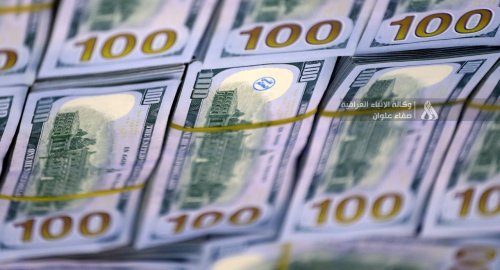by Abdul-Hakim Shabazz
Indiana lawmakers are looking at eliminating the state income tax.
Their logic and rationale are relatively simple. The Interim State and Local Tax Review Task Force is examining the state of Indiana’s corporate, individual, property, sales and other taxes. The Task Force is set to make recommendations before lawmakers begin writing the 2025-26 budget,
Meanwhile, Lt. Governor and gubernatorial candidate Suzanne Crouch has endorsed Ax (or Axe) the Tax, which would eventually eliminate the individual income tax.
The theory behind this is fundamentally that the state is in such great fiscal shape, that it can look at eliminating the individual income tax.
Where do I begin?
I recently had a discussion with Ball State University economist Mike Hicks.
Hicks told me the share of total state funding on education has been dropping for a decade, but it is about 57 percent in 2021. Medicaid has been growing and General Fund spending is about 11 percent and other funding is another 7.5 percent. These don’t include Federal Funds or local spending.
So education and Medicaid are nearly 70 percent of state spending.
When it comes to personal income taxes, receipts made up slightly more than 38 percent of all spending in FY 2021, that’s about 55 percent.
Or, to put it another way, getting rid of the income tax would leave a 38 percent hole in the state budget, or a tad bit more than $7.5 billion per year.
Hicks went on to tell me that closing the gap with the sales tax would require a nearly six percent increase (not counting the dynamic adjustment effect of people substituting away from taxable goods). That substitution effect will be non-trivial, but it will take a bit of work to estimate tax avoidance of sales tax.
The state will free up a tad bit over a billion per year in pension obligations. With that, we could keep the tax down to maybe 12 percent without expanding the sales tax base.
The sales tax base in Indiana is very narrow; we tax only about 45% of consumption. So, a very broad base could yield enough revenue to fund operations at the current level with a 6-7 percent tax rate. That would make Indiana a very much more regressive state. More critically, from a political standpoint, it would cause lawyers, dentists and doctors to riot the statehouse. The experience of other states suggests that is a hard hill to climb.
States without an income tax are usually able to export taxes to residents of other states either through excessive severance of natural resources or a very large tourism sector.
So how does Indiana eliminate the individual income tax (and note we haven’t even begun the discussion on local and county income taxes) without blowing a major hole in its budget?
Imagine blowing a 38 percent hole in your personal budget.
Lawmakers can’t cut their way into eliminating the income tax. Where are they going to find $7.8 billion and change?
What other taxes will have to be increased? Sales, property?
If you want to know what eliminating the income tax looks like, I recommend getting in your car and driving to Kansas.
Kansas cut taxes so much the state ended up with a $900 million shortfall.
Now personally, I wouldn’t mind an elimination of the income tax, provided either the state raised the sales tax or expanded it to services (sorry, my fellow attorneys). But that’s considered too regressive.
So unless state lawmakers are going to raise another tax or engage in major cuts to education and Medicaid, might I recommend focusing on workforce development and quality of life-related issues.
Those, in my not-so-humble opinion, would be a lot easier to address than trying to fill an $8 billion hole.
Abdul-Hakim Shabazz is a licensed attorney in Indiana and Illinois. He is also the editor and publisher of Indy Politics.












